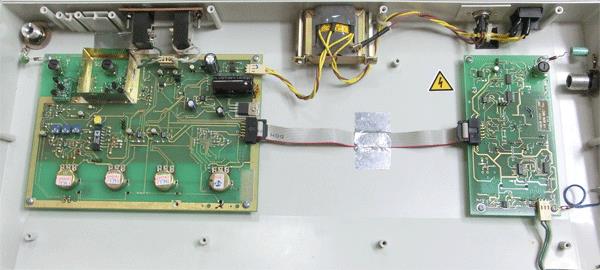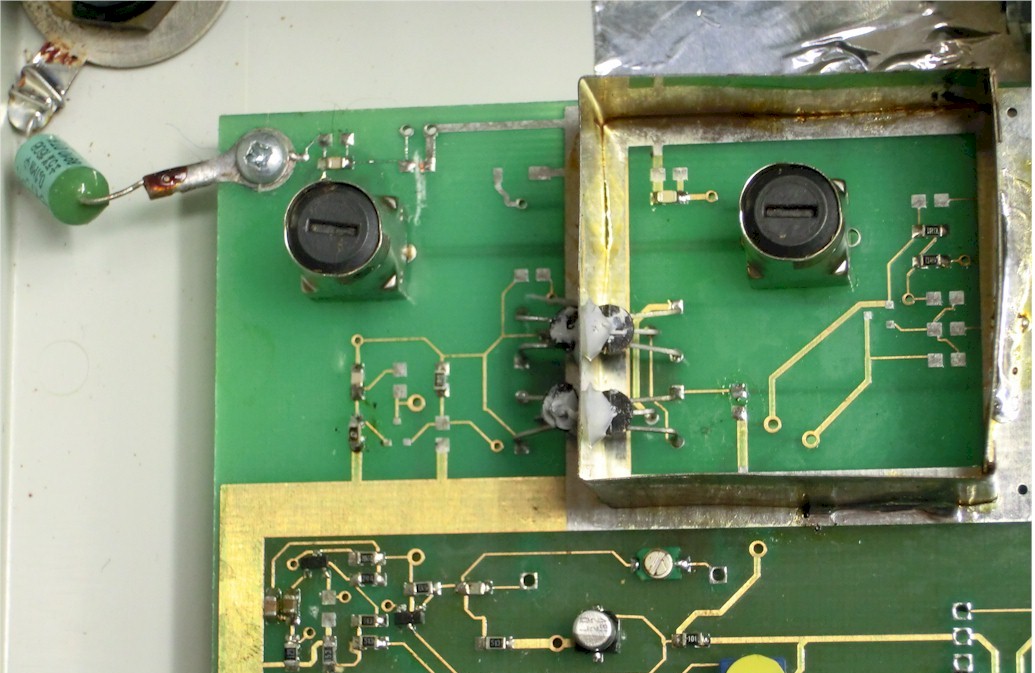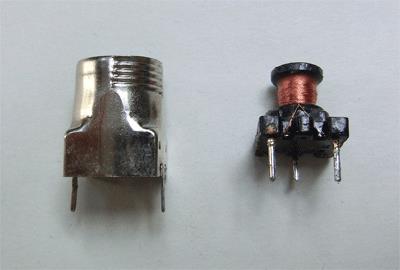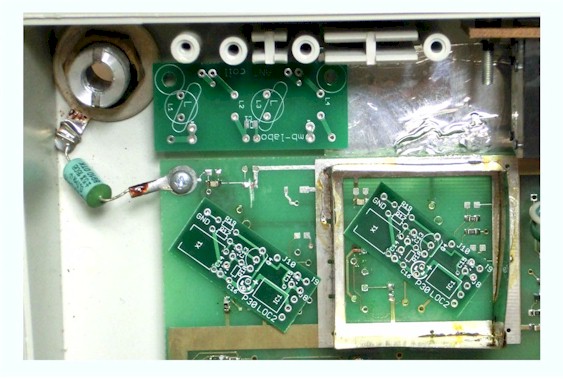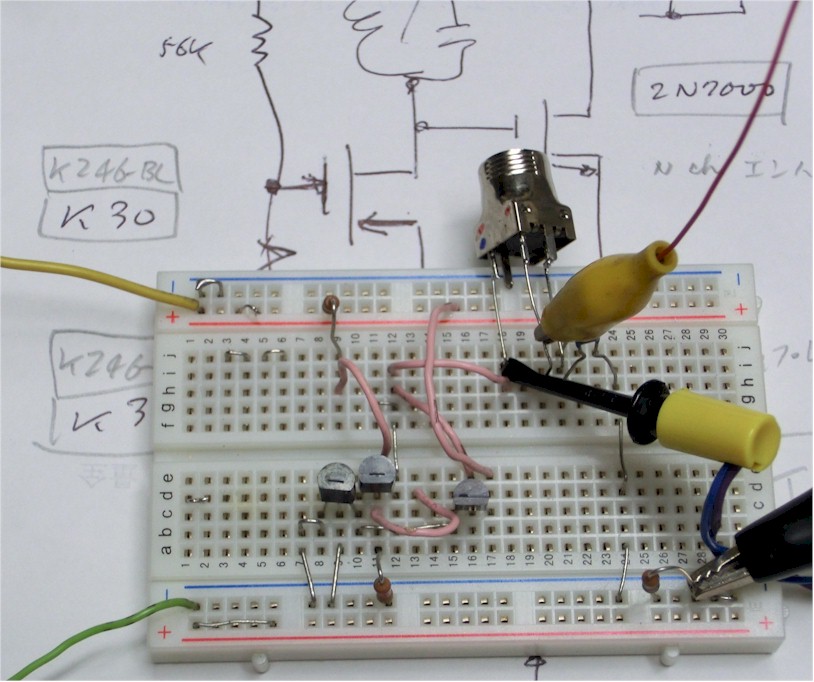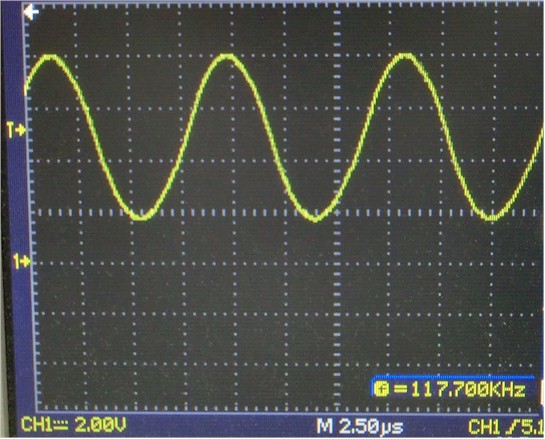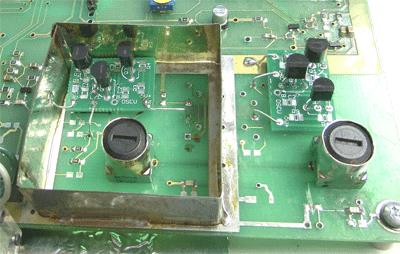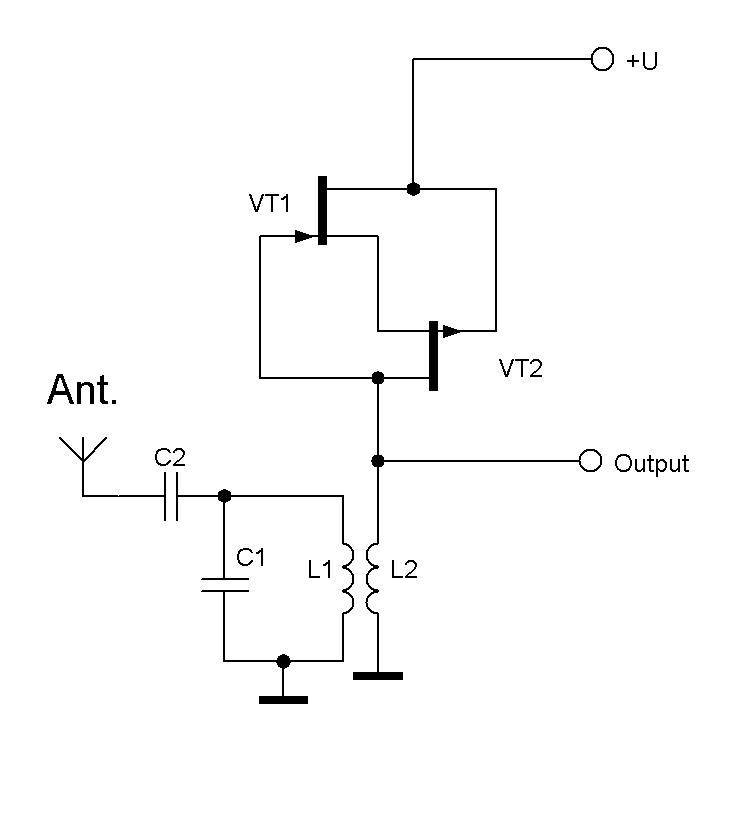Every thing said below is My Opinion Only!
"Why all the mystery and secrecy surrounding the TVOX? Is there some kind of unofficial gag order associated with its design?" - Dewster
Yeah ! - There's an "unofficial gag order" in the whole "theremin developers club" - I was quite severely chastised when I started to be included in this "club" for "revealing too much".. And am now largely 'exiled' from it.
I understand it! - Developers spend a lot of time and effort, and the returns are miniscule - the last thing they want is for the masses to see behind the veil.. And I understand this! - Someone with only a paltry understanding of electronics (and even some experienced engineers) looking at a "simple" oscillator wont see the huge effort expended in getting the design right - The first (and sometimes sustained) impression is that its much ado about nothing.
The basic theremin is one of the simplest designs for any electronic musical instrument - And there is (often) little (or nothing) in a schematic to show the difference between a great theremin and a crap one to those who casually look at them. (and often its impossible to be sure until one actually tests the circuits).
So one way to avoid awkward questions and to avoid having to give extensive explanations for ones schematic and topology and choice of components (and to give these to people who perhaps understand 10% of what you are talking about, and who think the 90% they dont understand is BS) is simply to keep it all under wraps - only to be shared within the "club" if at all.
Keeping things mysterious gives an excuse for charging higher prices - And (mostly) these higher prices are justified because of the effort expended in getting things right, and the fact that the only way to get any return from this effort in this tiny market is by charging "high".
If we had the full Tvox schematic, it would appear extremely simple! Too simple for the price these instruments command - But the key word here is "appear" - Because George Pavlov, in the time he spent developing the Tvox, could probably have earned far more from his employment than he ever got back from sales of the Tvox.. He knows, too well, the nature of the theremin community and that there is no money to be made - When I spoke with him in 2010 he made the situation starkly clear to me - even having developed a revered theremin, and having put this into production and being better placed both to produce and market the instruments than most, he had no interest in doing so again, and saw no financial incentive to do so.. He saw a far higher probability of loss than any financial gain.
IMO, developers who get into theremins often do so because of an irrational passion for the instrument and/or because they start out by seeing a simple design (and dont realize that all they are seeing is the tiny tip of a massive iceberg) and think "I can improve that" or "I can make money out of that".
Those who continued seem to have now split into groups - a "club" who (for valid reasons) wants to keep their knowledge out of the public domain, and those who want to put all their acquired knowledge and ideas and research into the public domain.
IMO, these groups are fine and have "validity" - The only time, IMO, when its not "fine" is when any group uses dirty tactics on the other, or when any developer tries to prevent or rubbish stuff put into the public domain by others.
Ignorance and mystery only serves the purposes of those who wish to exploit ignorance and mystery. But there is no reason or duty on anyone to disclose what they spend their time researching or developing, and no duty on anyone to educate others.
Then there is also the corporate theremin manufacturer who is the main theremin supplier to the world - there was a time when they shared their designs, and had a win-win from this.
For understandable reason the design of their most revered instrument was never published - doing so could perhaps have affected sales and given ammunition to their "anti-digital" competitors or potential competitors (even though the instrument was not digital, it was mixed signal - but the fact that it used logic gates in its audio path was something that understandably at the time, they didn't want to disclose).
Details of some prior instruments were also hidden because there were reasons why purists (who they wanted to please back then) may have been put off (as in, VC synth voice not heterodyning) but the habit of non-disclosure stuck, and IMO evolved into deliberate dishonesty.. And the company now seems only interested in dishonestly marketing rubbish.
Fred.
